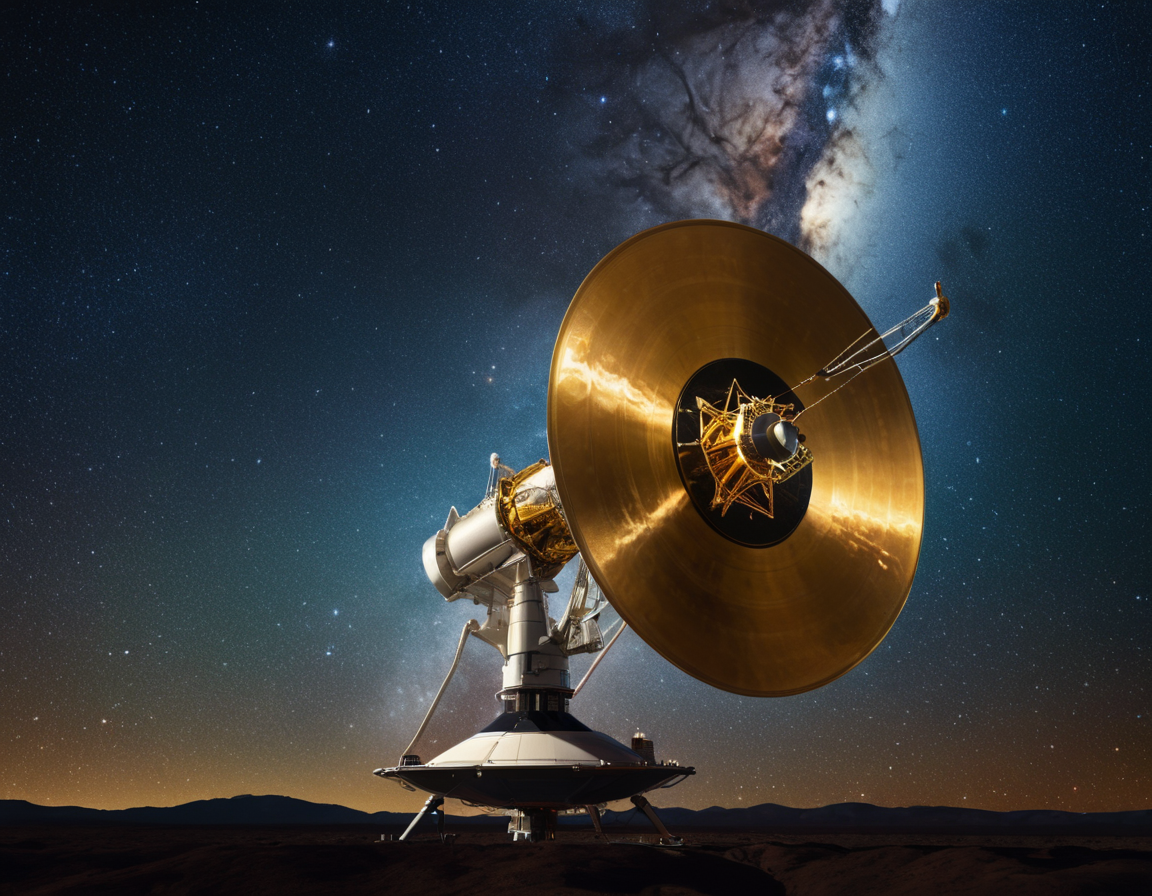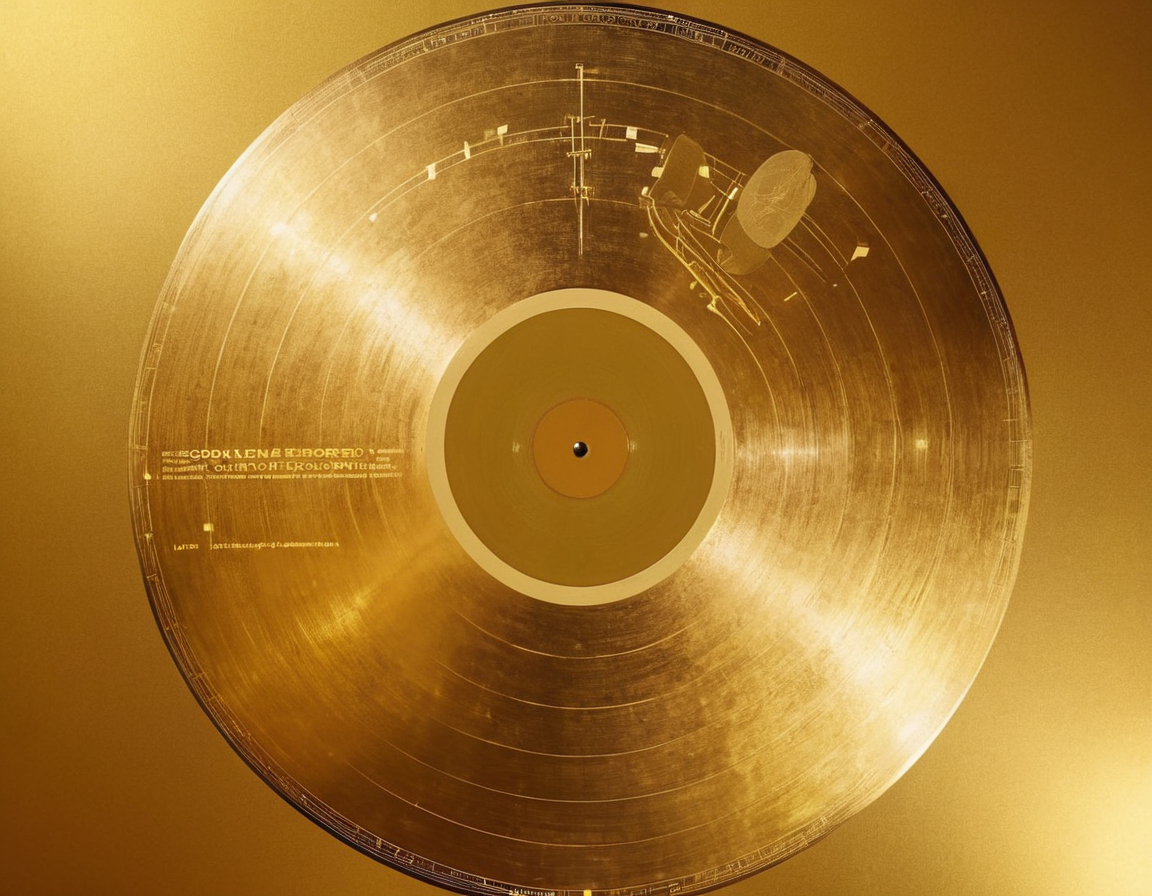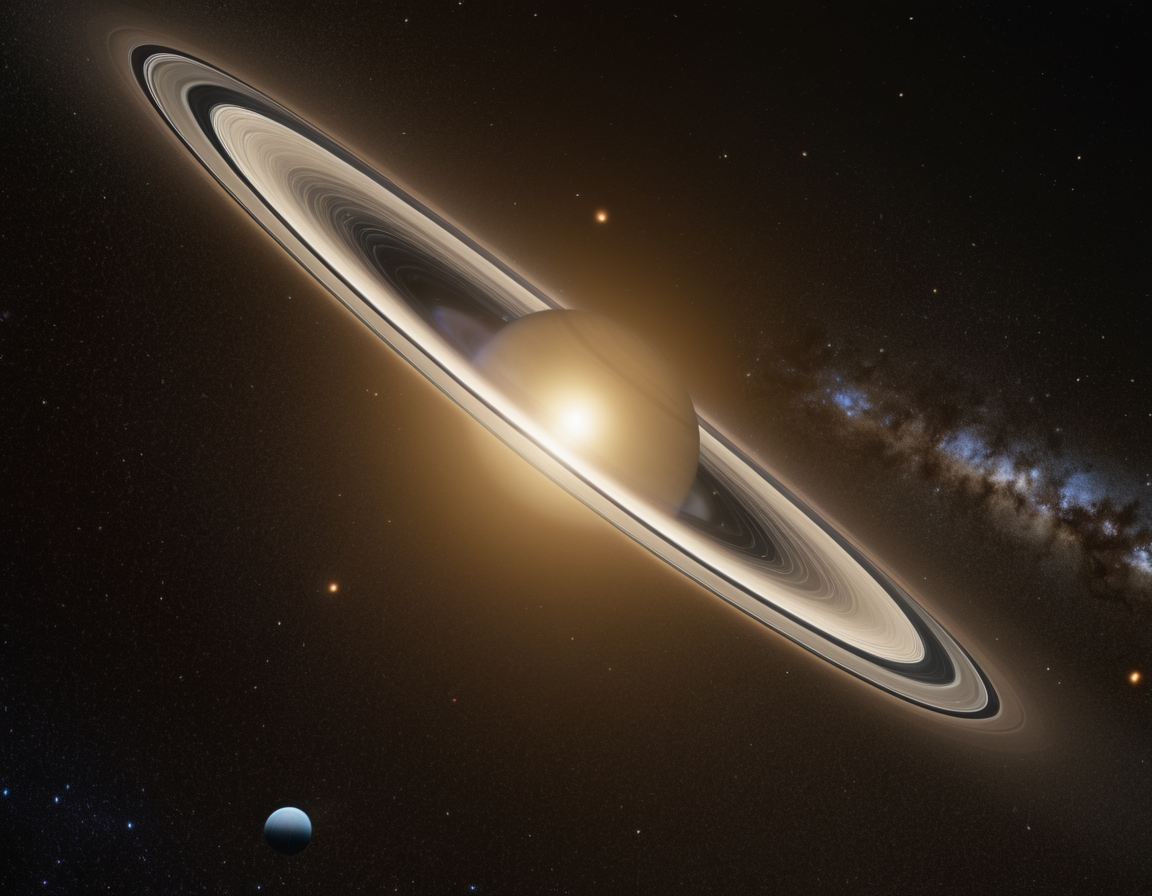The Fascinating Journey of Voyager 1: Venturing Beyond Our Solar System
The Remarkable Odyssey of Voyager 1: Humanity’s First Interstellar Traveler
Launched in 1977, Voyager 1’s mission has transcended its original planetary explorations to become humanity’s first emissary into interstellar space. This blog post delves into the captivating chronicle of Voyager 1, summarizing its grand adventure beyond the confines of our solar system.
Origins and Objectives
Voyager 1, alongside its twin Voyager 2, was conceived to take advantage of a rare planetary alignment that allowed for a ‘Grand Tour’ of the outer planets. It provided unprecedented insights into Jupiter and Saturn and their moons before setting a course toward the edge of our star’s influence.

Encountering Giants: Voyager 1’s Findings at Jupiter and Saturn
In 1979, Voyager 1 gave us our first close-up of Jupiter, discovering active volcanoes on its moon Io and intricacies in the gas giant’s turbulent atmosphere. Two years later, it observed Saturn’s complex ring structure and its largest moon, Titan, intriguing us with the possibility of liquid hydrocarbon lakes.

The Golden Record: A Message for the Cosmos
Perhaps the most human aspect of Voyager 1 is the Golden Record it carries. A time capsule intended for any intelligent extraterrestrial life, it holds sounds, images, and messages that portray the diversity of life and culture on Earth.

Into the Unknown: Crossing the Heliosphere
In August 2012, Voyager 1 made history by crossing the heliopause, the boundary where the sun’s solar wind is stopped by the interstellar medium, becoming the first human-made object to enter interstellar space. Here, it continues to send data, informing us about conditions in this uncharted territory.

The Legacy and Future of Voyager 1
Decades after its launch, Voyager 1’s journey inspires us. It is expected to transmit data until about 2025, after which it will silently drift as a testament to human curiosity and the desire to explore.
‘Voyager 1 will be the first bubble to pop through into a sea of interstellar plasma to taste and smell the stuff of which new stars, planets, and life forms may arise.’ — Edward Stone, Voyager Project Scientist
As we conclude our summary of Voyager 1’s Wikipedia article, we reflect on this monumental feat of science and engineering. It stands as a beacon of human achievement and a reminder that our potential is as vast as the cosmos itself.
Embark on the full Wikipedia article to continue the journey of the Voyager 1.






